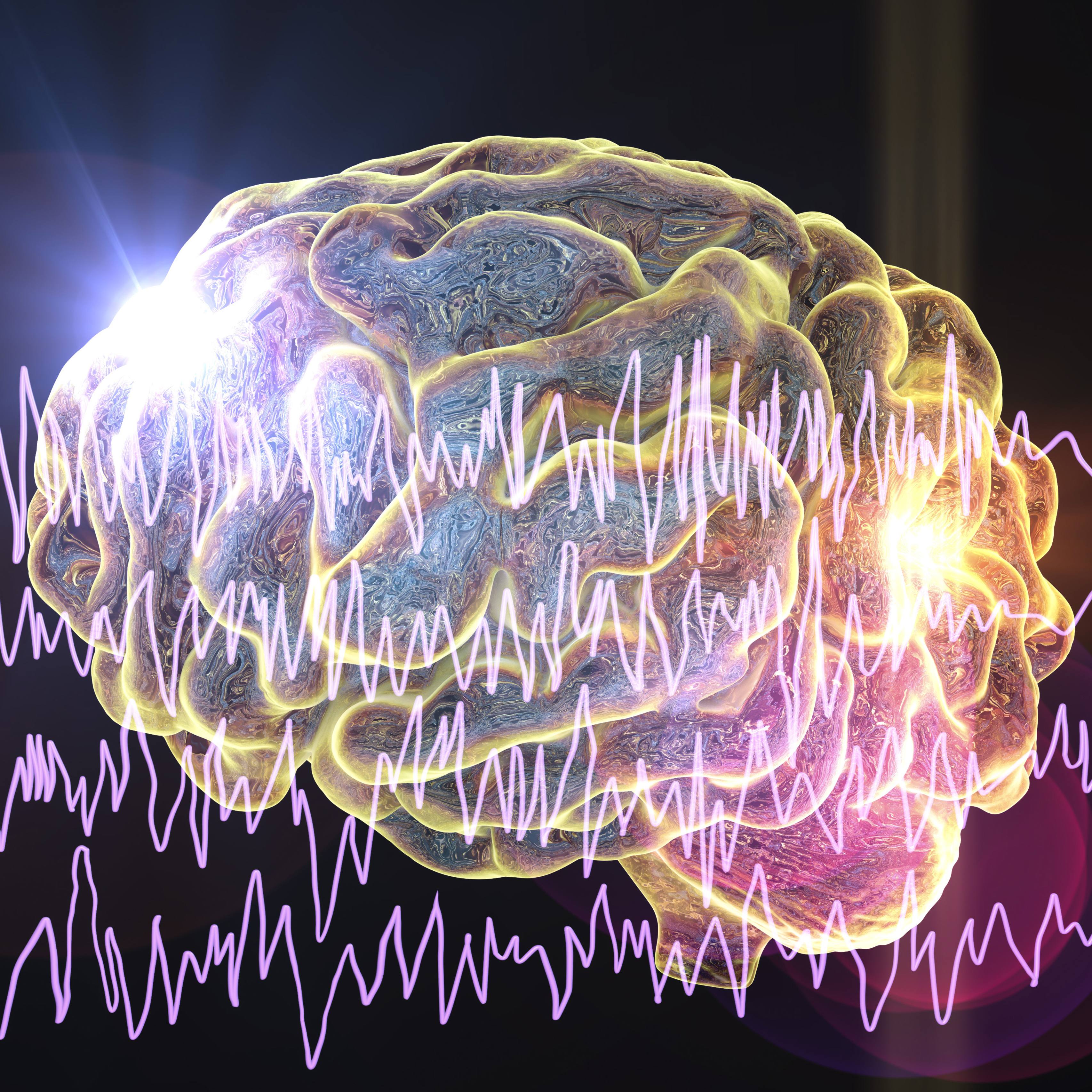-
FDA approves advanced cancer detection imaging at Mayo Clinic Hospital in Phoenix

PHOENIX ─ This month the U.S. Food and Drug Administration approved the use of a cyclotron facility at Mayo Clinic Hospital in Phoenix, paving the way for a sophisticated imaging agent to detect medical conditions at early stages.
The on-site availability of a cyclotron now allows Mayo Clinic to offer patients access to short-lived radiopharmaceuticals that more efficiently target disease. One of the drugs is Choline C-11, which provides the earliest FDA-approved imaging detection of prostate cancer possible. In the U.S., Choline C-11 is available at Mayo Clinic's Phoenix and Rochester, Minnesota, campuses only. In 2013, Mayo Clinic received FDA approval to produce and administer Choline C-11Injection at its cyclotron site in Rochester.
The new Positron Emissions Tomography Radiochemistry Facility houses a 16.5 million electron volts cyclotron capable of producing a variety of radioactive isotopes. A cyclotron uses electromagnetic forces to accelerate subatomic particles to incredible speeds by spinning them in a spiral path and then projecting them into a specially designed target to induce a controlled nuclear reaction. Radiochemists, engineers, nuclear pharmacists, nuclear technologists, physicists, nuclear medicine physicians and radiologists work together to make tiny amounts of radioactive isotopes that are then injected into patients undergoing PET scans.
“With the growth of individualized medicine, there’s been an increasing need to analyze each patient on a molecular level to identify the location of disease and, in some cases, what the subtype of that disease is. This helps us provide a tailored, individualized approach toward therapy,” says Michael Roarke, M.D., chair of Nuclear Medicine at Mayo Clinic in Arizona. “Using cyclotron-produced radiopharmaceuticals is a path forward in terms of that type of imaging. In the future, we’re going to see an increasingly targeted approach toward imaging and therapy in dealing with different diseases.”
As the cyclotron begins operation, Mayo Clinic can produce three isotopes ─ F-18, C-11 and N-13 ─ that can be used to make various imaging agents for research. Clinicians inject a small amount of the radioactive agent into a patient's vein and then use a PET scanner and computer to make detailed pictures of areas where the agent collects. Because cancer cells take up more Choline C-11 than normal cells, the pictures identify areas of possible cancer in the body when bone scintigraphy, CT scans or MRIs are noninformative. Once a site is identified, a biopsy and pathological examination can verify whether prostate cancer has recurred.
Evaluating men for prostate cancer recurrence has long been a major challenge. Doctors have had to wait until a patient's prostate-specific antigen levels rose to values between 20 and 30 nanograms per milliliter to identify sites of recurrent prostate cancer. Choline C-11 PET scans may help doctors detect possible sites of recurrent prostate cancer that more conventional imaging tests can't identify. Locating recurrent prostate cancer sooner may allow doctors to identify small, isolated deposits of cancer — within the prostate and outside of the prostate — that can be targeted for more effective treatment.
###
About Mayo Clinic
Mayo Clinic is a nonprofit organization committed to medical research and education, and providing expert, comprehensive care to everyone who needs healing. For more information, visit mayoclinic.org/about-mayo-clinic or newsnetwork.mayoclinic.org.
MEDIA CONTACT
Jim McVeigh, Mayo Clinic Public Affairs, 480-301-4222, mcveigh.jim@mayo.edu







